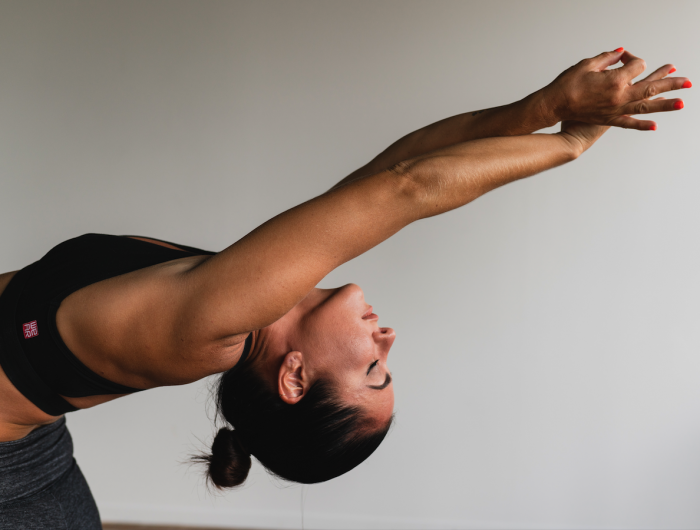What I Did When I Realized I was Participating in the Cultural Appropriation of Yoga.
When I first stepped onto a yoga mat nearly 20 years ago, I wanted a “yoga body.”
You know, long, lean, and super flexible. I wanted to look like all those beautiful yogis on the cover of Yoga Journal. Back then, I didn’t know that I was participating in the Western cultural appropriation of a deep and rich spiritual practice.
Cultural appropriation happens when a dominant group uses the objects or elements of a nondominant culture in a way that doesn’t respect its original meaning, give credit to the source, reinforces stereotypes, or contributes to oppression.
Yoga is So Much More Than a Fitness Tool
In the West, this is how we were introduced to yoga: as a form of exercise. The physical component, however, is just a small fraction of yoga in its entirety. And I wasn’t aware of the depth of a yoga practice for years when I first started practicing.
It wasn’t until I’d been practicing yoga for about five years that I started digging deeper into the history and origins. Continued practice encouraged me to look inward as a way to calm my mind, focus on the present moment, learn more about myself, and become a more compassionate human being.
Through meditation, breathwork (pranayama), and learning about and practicing the ethical principles (the yamas and niyamas), I am more aware of the ways that I contributed to the dismantling of yoga as a whole. It is now my responsibility to demonstrate to the world that a yogic way of life is way more than a fitness regime.
Yoga is Not a Commodity
In the United States alone, the yoga industry had revenues of $11 billion in 2020. Yoga has become a profitable business, but we need to be aware of spaces or people who treat it solely as a trend to be bought and sold. Treating yoga as a commodity diminishes its richness. An authentic yoga practice embraces our wholeness, recognizing that we are part of an interconnected collective of other beings. The accumulation of wealth in some cases tends to marginalize those who don’t have it.
Few people become yoga teachers because of the prospect of making a lot of money. I was drawn to it because of the lightness and interconnectedness I feel when I practice, and I want to share it with others. It is now my role to balance teaching this ancient discipline with getting paid. I’m aware that a lot of yoga teachers struggle with this paradox, and I am like them, still learning.
Yoga’s Language and Objects are Not Malleable
The reality is that I am part of the system I was born into and raised in. I have learned that those systems can be used to oppress marginalized or groups outside of the dominant groups in many situations.
When I purchase items that take the language or objects of yoga and turn them into something else, far from the original intention, I am inadvertently participating in cultural appropriation.
I am now asking myself deeper questions:
>> “Do I really understand the history of the yoga I am practicing?”
>> “As I continue to learn more about yoga, am I comfortable with the purchases I’m choosing to make or the people I am supporting?”
>> “How can I live in integrity with my yoga practice?”
This calls to mind a quote by Maya Angelou that has stayed with me ever since I heard it:
“Do the best you can until you know better. Then when you know better, do better.”
Yoga is about expanding awareness to discover who you truly are in this world and the impact that we all have on each other. And I am trying to do better by educating my students by honoring yoga in the way I live, show up to class, and speak about it.


 Share on bsky
Share on bsky





Read 9 comments and reply